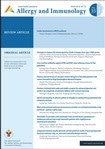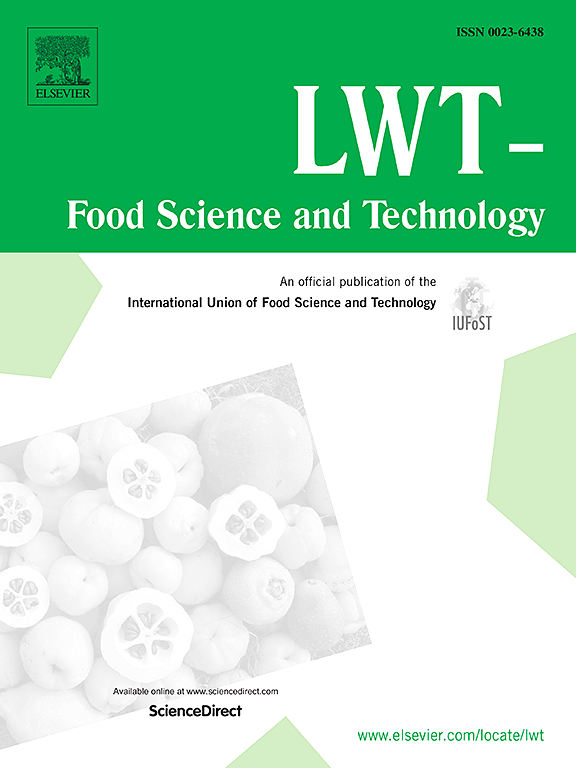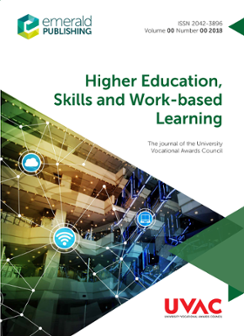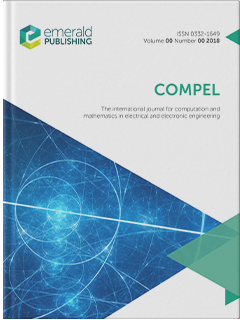
The Application of Ethnographic Techniques for Community-Based Tourism Research
Title : The Application of Ethnographic Techniques for Community-Based Tourism Research
Researcher : Nantira Pookhao and Yuvarin Sripan
Department : Faculty of Liberal Arts , Siam University, Bangkok, Thailand
E-mail : nantira.sand.pookhao@gmail.com
Abstract : Tourism generates massive income for Thailand. Using tourism as an economic goal has both positive and negative impacts on local community located in or near tourism destination. To mitigate negative impacts of tourism, local people should participate in its planning, management and operation. Participation of local people in the process of tourism development is to promote the community-based tourism (CBT) initiation. CBT is expected to lead to the balance of ecological conservation and development by concentrating on the quality of life of the local people. It is a new tourism phenomenon in Thai rural society that endeavours for community self reliant practice. Operating CBT, community members are associated with and cannot be separated from the tourism activities and touristic process, as active rather than passive actors. Given that tourism activities are hardly distinguished from their local way of life and CBT is associated with participation towards empowerment and local sociocultural realm, ethnographic technique is a considerable choice to conduct a CBT research. It enables indepth and holistic view in relation to the impact of power and the processes of globalization on local socioculture and the findings can be used for further tourism development towards sustainability.
Keywords : Community-based tourism, local participation, research method, ethnography, Thailand
Download PDF: The Application of Ethnographic Techniques for Community-Based Tourism Research
Proceeding : การประชุมวิชาการระดับชาติ สมาคมสถาบันอุดมศึกษาเอกชนแห่งประเทศไทย ประจำปี 2560 วันที่ 25 พฤษภาคม 2560 มหาวิทยาลัยรัตนบัณฑิต APHEIT Conference 2017
Link to Proceeding: http://apheitconference.siam.edu/index.php/en/proceedings-2012-2016
Bibliography : Nantira Pookhao & Yuvarin Sripan. (2560). The application of ethnographic techniques for community-based tourism research. In Proceedings of PHEIT Conference 2017 (pp. 1036-1046). Bangkok, Thailand.







